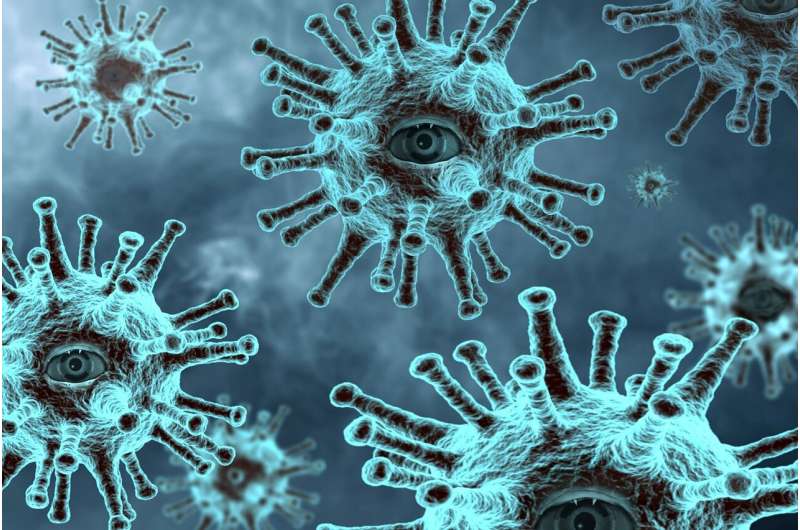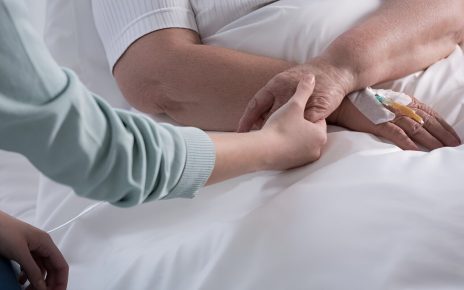
Russia on Friday reported nearly 1,200 deaths from COVID-19 over the past day, just short of its record in a persistent wave of coronavirus infections that closed most businesses in the country this week.
The national coronavirus task force said 1,192 people died in the past 24 hours and 40,735 new infection cases were tallied. The daily records of 1,195 deaths and 40,993 infections came earlier in the week.
Officials blame the low vaccination rate as a major factor in the sharp rise in cases that began in mid-September. The task force on Friday reported about 57 million full-course vaccinations—less than 40% of the country’s 146 million people.
Russia is six days into a nationwide nonworking period that the government introduced to curb the spread of the virus. Last month, President Vladimir Putin ordered many Russians to stay off work between Oct. 30 and Nov. 7. He authorized regional governments to extend the number of nonworking days, if necessary.
Several regions including Novgorod in the northwest, Tomsk in Siberia, the Chelyabinsk region in the Ural Mountains and Kursk and Bryansk regions southwest of Moscow have extended the non-working period through the end of next week.
Moscow’s mayor said the situation in the capital had stabilized sufficiently to return to work on Monday. The Russia-annexed Crimea region also will resume working next week.
Certain restrictions will remain in place in the Russian capital, such as a stay-at-home order for older adults and a mandate for businesses to have 30% of their staff work from home. Access to theaters and museums is limited to those who either have been fully vaccinated, have recovered from COVID-19 within the last six months or can present a negative coronavirus test.
For the course of the pandemic the coronavirus task force has recorded more than 8.7 million infections and 244,447 deaths. However, the task force counts only deaths directly attributed to the virus.
Source: Read Full Article



